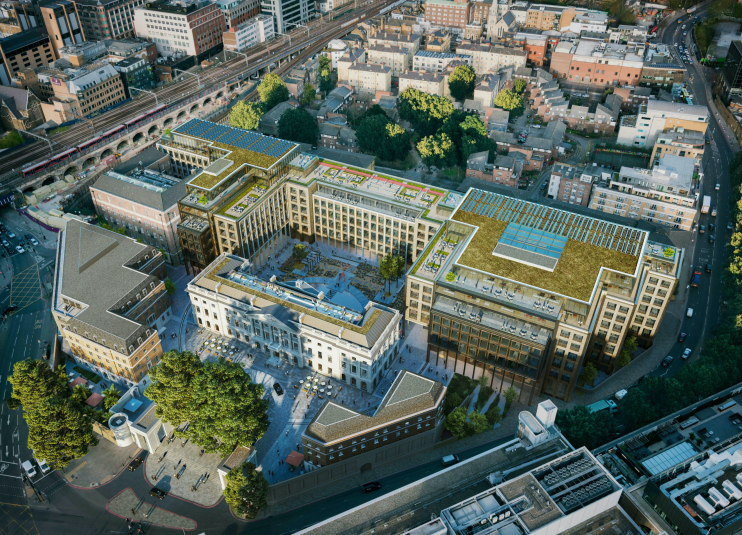Chinese Embassy plans at risk over Black Death bodies

Plans to build China’s largest European embassy in east London could be scuppered after local leaders raised concerns that the foundations would disrupt the bodies of thousands of bubonic plague victims.
Councillors in Tower Hamlets have flagged complaints to Historic England, warning that the building will disturb “a site of major historical importance”.
China bought the former Royal Mint site for £250m in 2018, and began consultation with residents last month over plans to transfer staff from its current location in Marylebone.
The Royal Mint was built in 1809 on the site of the Cistercian abbey of St Mary Graces — a mass grave for bubonic plague victims dating back to 1350.
“My concern is that across this site will be foundations and artefacts… and the burial sites of victims of the Black Death,” said Peter Golds, councillor for Tower Hamlets.
The Black Death, which peaked in Europe between 1347 and 1351, is the deadliest pandemic in human history. It is thought to have killed as many as 200m people across the globe, including an estimated 30 to 45 per cent of the English population.
En excavation of the Royal Mint site between 1986 and 1988 revealed three mass burial trenches with 762 bodies.
“Only part of the site has been excavated and I am therefore asking Historic England undertakes a full and proper survey of the site to ensure the former Abbey foundations are protected for future generations,” said Golds.
“Furthermore I hope that an investigation is undertaken to see if the proposed developments impede on the unexcavated burial sites. If so, steps should be taken to remove remains with care and dignity.”
Historic England said the Greater London Archaeological Advisory Service has been contacted for pre-application advice.
It added that the site was “highly important” and had been included in the same Tier 1 Archaeological Priority Area as the Tower of London.
“We are in contact with the prospective applicants, and have emphasised the importance of preserving the intact Abbey remains, identifying and tightly limiting any impacts to the surviving mediaeval burials, and undertaking thorough archaeological investigation and recording,” a spokesman said.